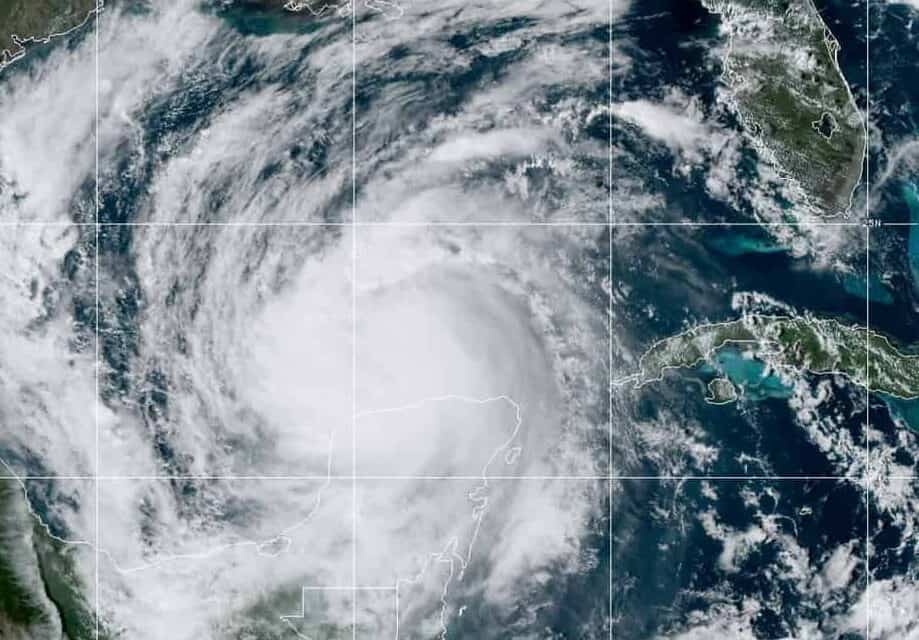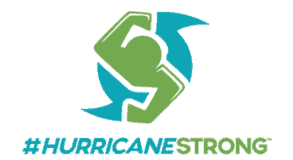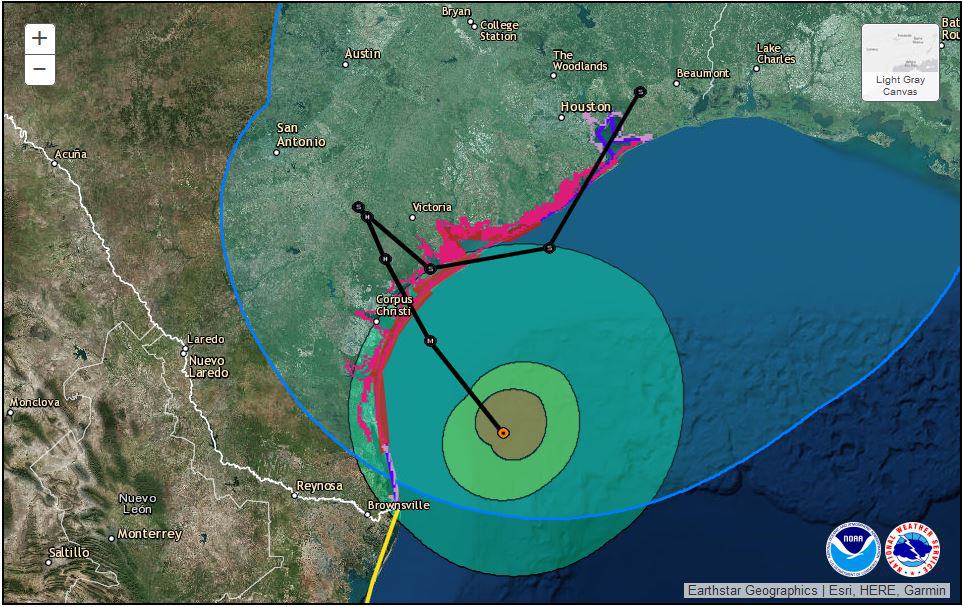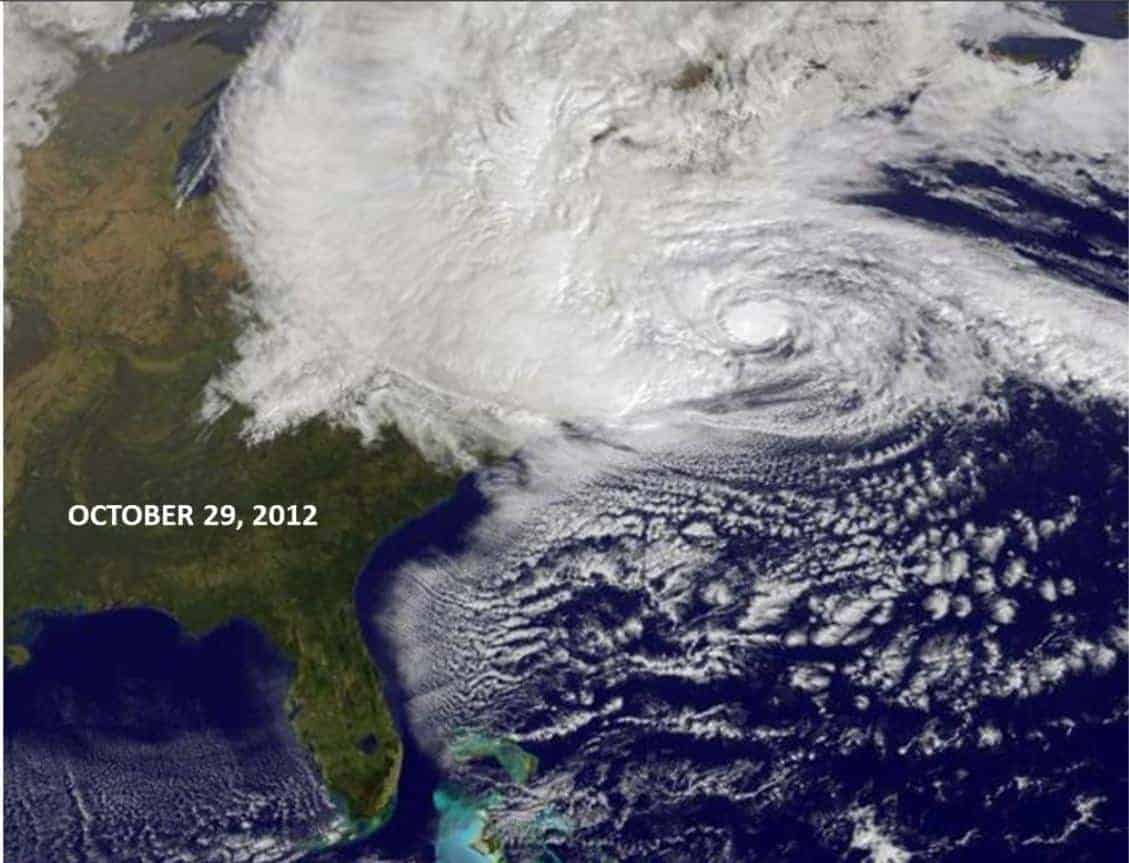Major Hurricane Delta enters the Gulf of Mexico in early October, 2020 before landfall in Louisiana on the 7th, the fourth of five tropical cyclones to batter the state.
Early Forecasts Predict an Above Average Season Ahead of the June 1 Start
The National Hurricane Center in Florida reported the possibility of the season’s first tropical cyclone on Wednesday, May 19. The non-tropical low is about 800 miles east of Bermuda. It will develop gale-force winds this evening as it moves north. Movement to the west and southwest takes the system over warmer water where it could become tropical or subtropical cyclone. The NHC forecasts a 70 percent chance of further development in the next 48 hours, and a 90 percent chance over five days.
If the system develops into a cyclone and strengthens to a tropical storm, “Ana” is the first name on the 2021 list of names for the Atlantic Ocean.
Hurricane Preparedness ahead of the season turns chaos into order when a storm approaches.
The record-breaking 2020 Hurricane Season started with two preseason storms. Tropical Storm Arthur formed on May 16 and brushed by the East Coast. Tropical Storm Bertha made landfall on the Isle of Palms, South Carolina barrier island with 50 MPH winds, localized flooding, and damage from an EF 1 tornado.
The 2020 Hurricane Season produced 31 tropical cyclones, 30 named storms, 14 hurricanes, and 7 major hurricanes. The season broke records for development from Tropical Storm Cristobol on June 1 until the end of the season. It was only the second time the Greek alphabet was used to name storms. If 2021 and future hurricane seasons exhaust the list storm names, a new list of supplemental names provides a means to name more storms.
The NHC names tropical cyclones if they reach tropical storm strength with sustained winds of 39 to 74 MPH.
Hurricane Preparedness
- Hurricane Hazards and Risk Factors
- Make a Hurricane Evacuation Plan
- Hurricane Preparedness Kits and Supplies
- Hurricane Insurance Checkup and Updates
- Prepare Your Home for Hurricanes
- Help Neighbors with Hurricane Preparedness
- Complete Your Hurricane Preparedness Plan
- Emergency Preparedness Tips
- How to Prepare for a Power Outage
- 10 Tips to Survive a Hurricane Disaster
- FEMA Recommends a Generator
- Hurricane Disaster Preparedness
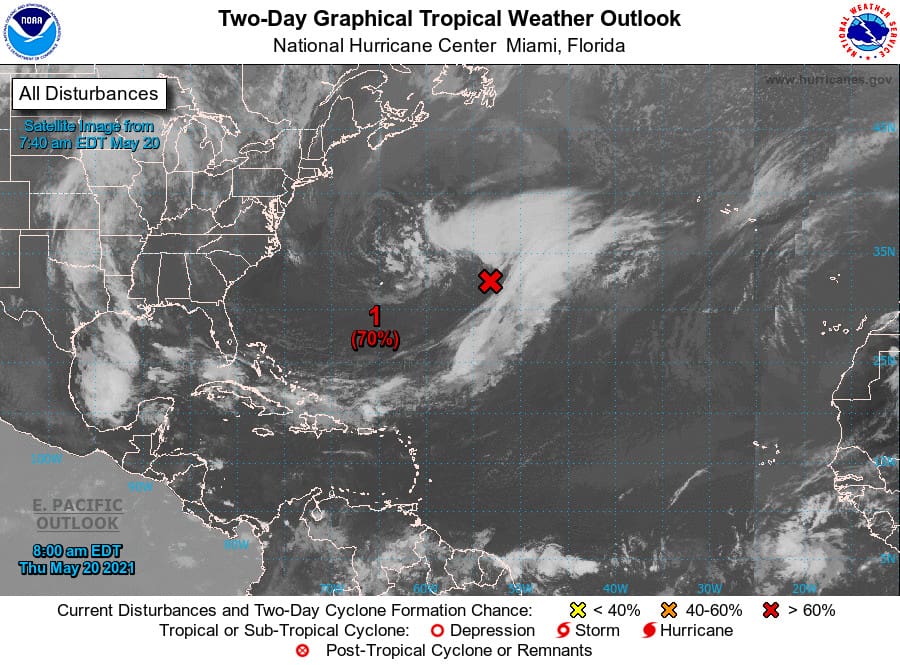
Hurricane Preparedness in 2021
At this time last year, leading forecasters including the NOAA, the CSU Tropical Meteorology Project, and Tropical Storm Risk all forecast an above average season similar to the current 2021 Hurricane Season Forecast. Last year’s April forecast included 16 named storms, about half the actual number that formed.
As we moved into a new decade beginning with 2021, the NOAA also shifted the years used to determine the average season from 1981–2010 to 1991–2020. This occurs every ten years. This year, the shift increased the number of storms that typify an average season from 12 to 14 and upped the average number of hurricanes from 6 to 7.
Every year, the National Weather Service with FEMA and the National Hurricane Center promote Hurricane Preparedness Week. Each day of the preparedness week is dedicated to one of the seven steps in hurricane preparedness from knowing your risks to completing a written plan. All the steps are important for anyone living in states along the East or Gulf Coasts.
An average season does not reduce or diminish risk. It only takes one storm to make it an active season for your home and family.
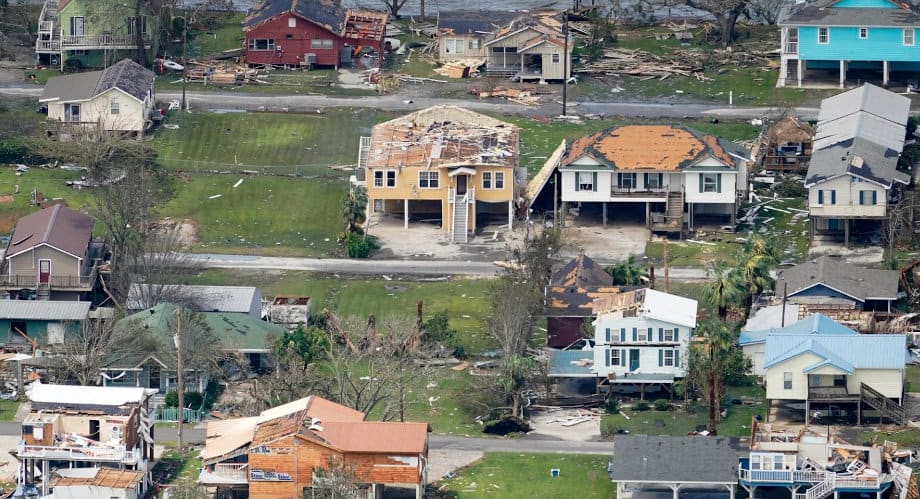
Emergency Backup Power
A number of factors has contributed to long lead times on some generators. The present shortage of electronics from semiconductor manufacturers in China and other countries has affected the availability of standby generators. Standby generators for homes and businesses rely on microprocessor-based controllers for automatic operation. Shortages have pushed delivery times beyond six months for some models.
Last year’s record hurricane season and California Blackouts drove record sales and increased delivery backlogs. Promised delivery dates from manufacturers to retailers and distributors increased from a few days to weeks, and then months.
The most popular portable generators may have long lead times as well, but Norwall continues to work with manufacturers to provide as many models as possible. Check the current lead times on the in-stock generators catalog for availability and shipping.
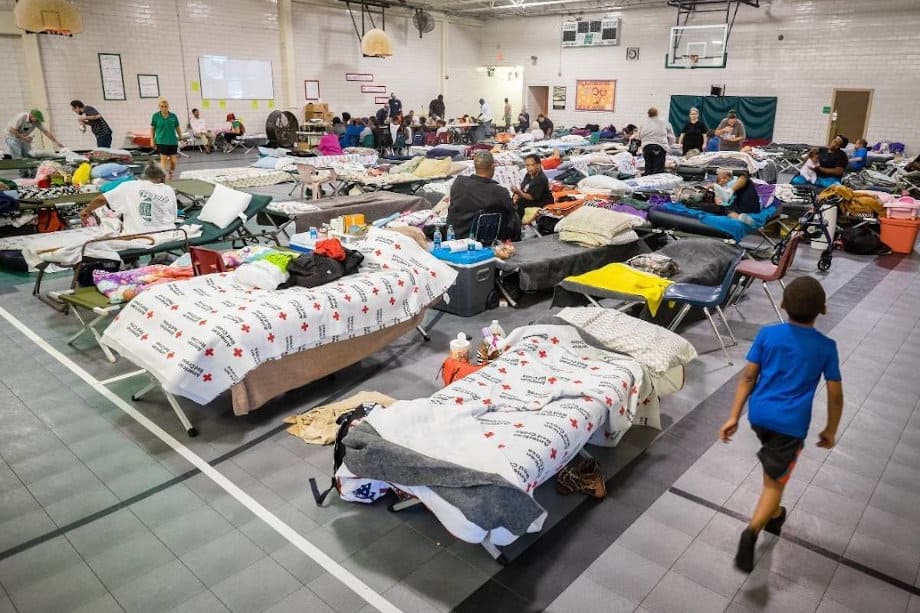
The COVID-19 Global Pandemic Changes Shelter Rules
The 2020 Hurricane Season saw shelters turning people away because they were operating at significantly reduced capacity. Although light has now appeared at the end of the COVID-19 pandemic tunnel, social distancing and special precautions remain in place and shelters will probably have less room than usual.
Rules and guidelines for shelters in 2021 are not yet set in stone and will likely change as the season progresses. If you live in an evacuation zone, choose alternate measures for shelter if they are available. If you must use a local shelter, arrive as soon as possible and bring your own personal protection equipment including hand sanitizer, soap, face masks or face shields. Maintain social distancing with anyone not in your family. Current CDC shelter guidelines updated in October 2020 recommend self-quarantine after leaving a shelter.
Remember that face masks are not recommended for children under two or anyone with difficulty breathing.
The vaccinations currently available include Pfizer and Moderna as a two-shot sequence 21 and 28 days apart, and the Johnson & Johnson vaccine as a single shot. It takes about two weeks to reach full immunity after the second shot of either Pfizer or Moderna or a single shot of the Johnson & Johnson Vaccine.

